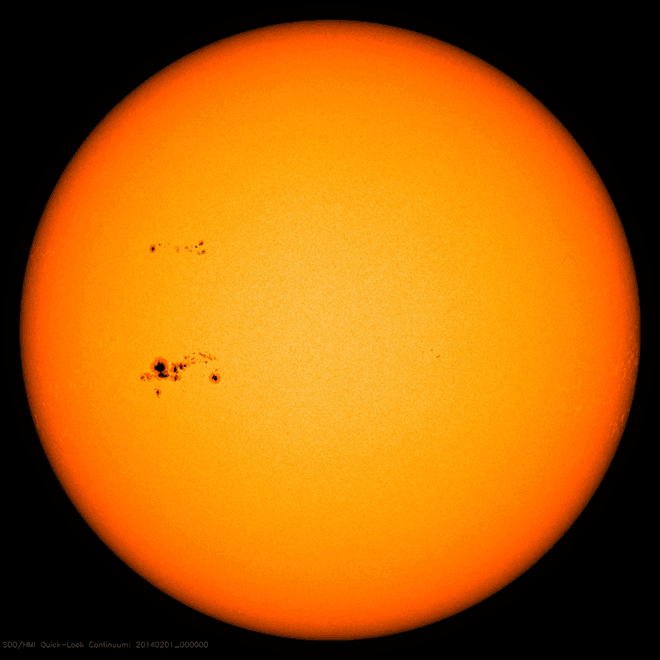Angular momentum modelling for low mass star
Studying the angular velocity evolution is fundamental to understand how the stars lose and gain angular momentum during their life. For example, at its formation the angular momentum of the Sun was about hundred to thousand times greater than its current value which means that a large fraction of the initial angular momentum is lost by the stars between 1 Myr and 4.5 Gyr. The aim here is to understand how this huge quantity of angular momentum is extracted from the stars, i.e., to highlight the involved physical processes.
Stars lose angular momentum through two main ways 1) thanks to interactions with their surrounding disk that is expected to extract a large amount of angular momentum from them and 2) thanks to stellar winds that produce a braking torque on the stellar surface. Many theoretical advances about both the star/disk interaction (Ferreira et al 2000 ; Matt & Pudritz 2005a,b ; Zanni & Ferreira 2009 ; Matt et al. 2010 ; Zanni & Ferreira 2011) and the stellar wind (Matt & Pudritz 2008a,b ; Matt et al. 2011) have been made since the first works of Ghosh and Lamb (1978) and Kawaler (1988).
Angular momentum evolution for solar-type stars
Credit : Gallet, F. & Bouvier, J. 2015, A&A
During the PMS, even though stars are contracting at a fast rate, they appear to be prevented from spinning up as long as they interact with their accretion disk, a process which lasts for a few Myr. While the evidence for PMS rotational regulation is not recent (see, Edwards et al. 1993 ; Bouvier et al. 1993 ; Rebull et al. 2004), many theoretical advances have been made in the last years highlighting the impact of the accretion/ejection phenomenon on the angular momentum evolution of young suns (e.g., Matt et al. 2012b ; Zanni & Ferreira 2013). Similarly, it has long been known that low mass stars are braked on the MS as they lose angular momentum to their magnetized winds (Schatzman 1962 ; Kraft 1967 ; Weber & Davis 1967 ; Skumanich 1972 ; Kawaler 1988). However, quantitative estimates of the angular momentum loss rates had to await the predictions of recent 2D and 3D numerical simulations of realistic magnetized stellar winds (e.g. Vidotto et al. 2011 ; Aarnio et al. 2012 ; Matt et al. 2012a). Since observations have so far only revealed surface rotation, except for the Sun (e.g., Turck-Chieze et al. 2011) and, more recently, for a few evolved giants (e.g., Deheuvels et al. 2012) thanks to asterosismology, the amount of angular momentum stored in the stellar interior throughout its evolution is usually unknown. Various mechanisms including hydrodynamical instabilities, internal magnetic fields, and gravity waves have been suggested to redistribute angular momentum from the core to the surface (see, e.g., Spada et al. 2010 ; Eggenberger et al. 2012 ; Charbonnel et al. 2013). Obviously, as the star shed angular momentum from the surface, the rate at which angular momentum is transported in the stellar interior has a strong impact on the evolution of surface rotation (e.g., Jianke & Collier Cameron 1993).
Gallet & Bouvier (2015) => GyroTracks.zip




